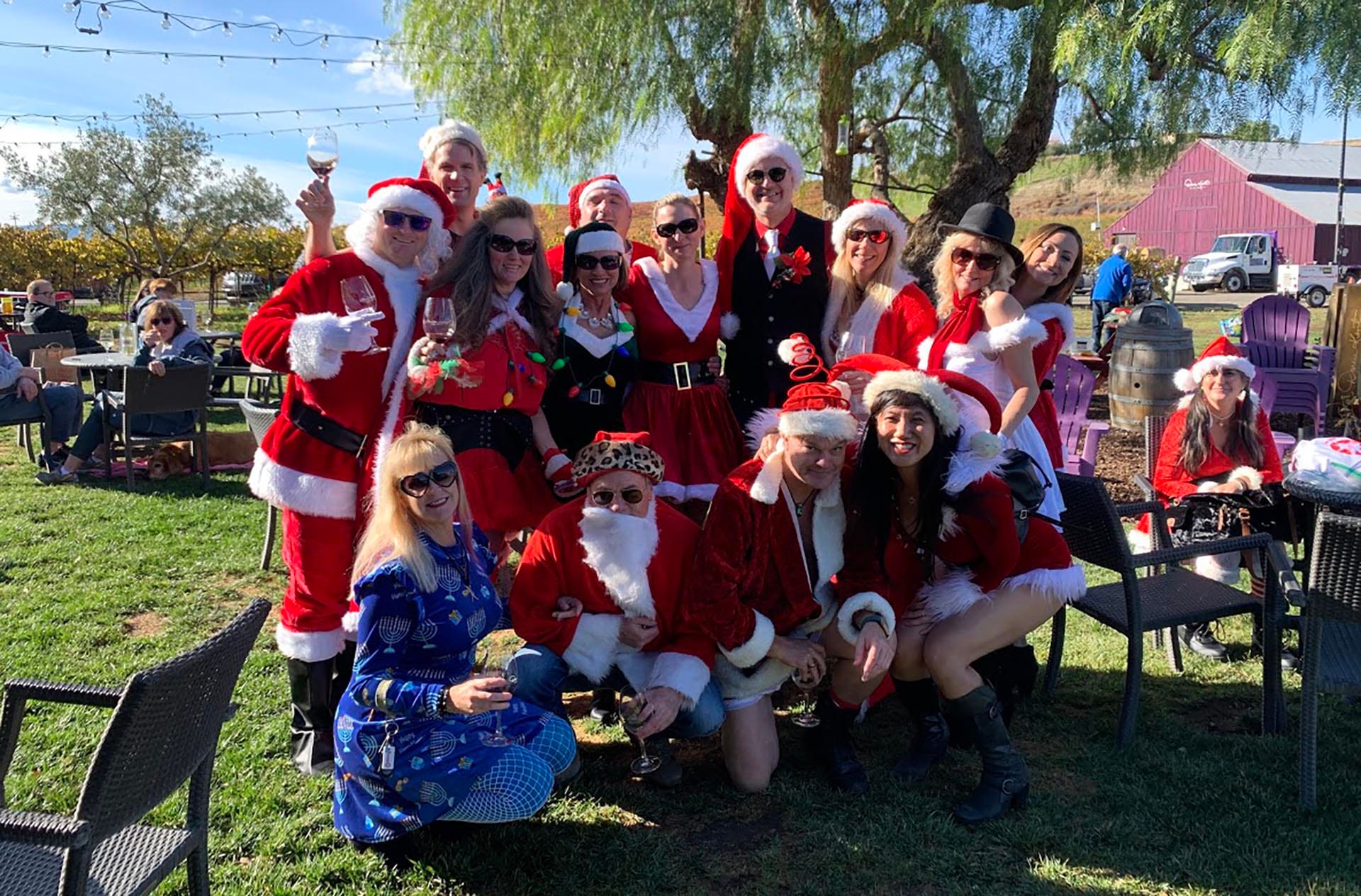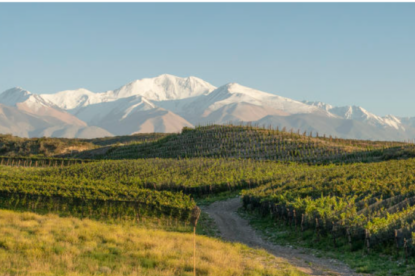BARREL TASTING WEEKEND
Join Livermore Valley wineries, meet winemakers, sample wines still in development right out of the barrel and take the opportunity to purchase futures for your very own wine cellar. Start your morning with a wine country brunch, and keep an eye out for one of the many barrels on the Painted Barrel Trail. The hills are green and vines are just beginning to bud. Enjoy this beautiful time to visit wine country!

WINE & WAGS
Livermore Valley’s dog-friendly wineries host a day of fun for dogs and their owners across the region. Bring your friendly four-legged friends, and enjoy a day in beautiful Wine Country. Local animal rescues will be partnered with our wineries, promoting adoptions of their furry friends that need a home. Come with your dogs, stay for the wine, and possibly leave with a new best friend!
TASTE OUR TERROIR
Every summer Livermore Valley’s premier food and wine affair takes place. Winemakers partner with Bay Area chefs to compete for honors. Taste pairings and cast your vote for the coveted People’s Choice award! Friday through Sunday, wineries across the region host food and wine events including sparkling wine and rosé events, a falconry demonstration, sustainable garden tours, and blind tasting seminars.
HARVEST WINE CELEBRATION
On Sunday of Labor Day Weekend, Livermore Valley wineries celebrate the exciting crush season at the Harvest Wine Celebration. Each winery hosts activities including wine tasting, arts, crafts, and music. Wine lovers have come from all over the Bay Area and beyond for the past 35+ years to enjoy this unique event. Don’t miss out on this wine country celebration!

HOLIDAY IN THE VINEYARDS
Join us for a Livermore Valley wine country holiday tradition. Wineries showcase their decorated tasting rooms with special wines, arts, crafts, holiday music, activities and more. Donated toys are given to the local Toys for Tots program.
Learn more about Livermore Valley Wine Country >>
Last Updated: May 5, 2023














